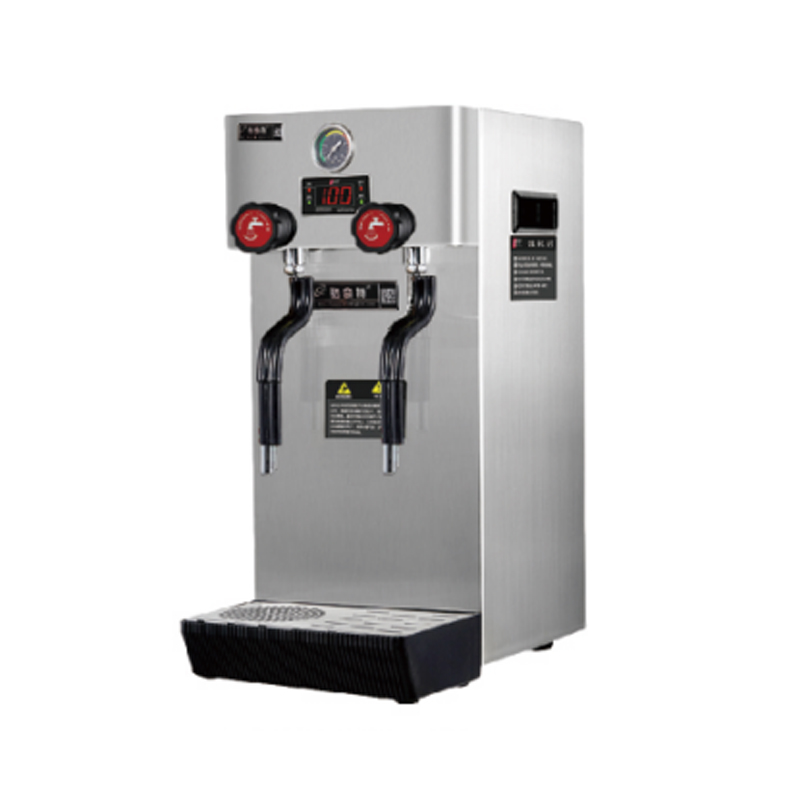2025-04-24
Are Commercial Hot Water Dispensers able to meet the large hot water demands during peak hours?
Whether a commercial hot water dispenser can meet the large demand for hot water during peak hours depends mainly on its design, capacity and technical characteristics. In order to meet the large demand for hot water during peak hours in different commercial environments (such as catering, offices, medical care, etc.), modern hot water dispensers use a variety of innovative technologies and design optimizations to ensure that they can efficiently cope with large demands for hot water.
1. Large-capacity design
Many commercial hot water dispensers are equipped with large water tanks or heating systems that can store and quickly heat large amounts of hot water at one time. Especially in the catering and hotel industries, when demand is high, the dispenser can quickly provide a large amount of hot water to ensure that the water temperature is not insufficient during peak hours. Large commercial hot water dispensers are usually equipped with a capacity of tens to hundreds of liters to cope with large-scale hot water demand.
2. Instant Heating Technology
In order to quickly provide hot water during peak hours, many modern hot water dispensers use instant heating technology. This technology can heat the water flow in a short time, and achieve instant water temperature increase by quickly heating the pipes, avoiding the waiting time and heat loss caused by the water storage method. Instant hot water dispensers do not need to store a large amount of hot water, so they can provide hot water on demand at any time, especially suitable for places where hot water is used in large quantities in a short period of time.
3. Efficient heating system
To cope with the pressure during peak hours, modern commercial hot water dispensers are equipped with efficient heating systems, such as high-speed electric heaters, magnetic induction heating technology, etc. These technologies not only speed up the heating process, but also ensure a stable supply of hot water. For example, the use of efficient heat exchanger design can quickly transfer heat to the water flow, improve heating efficiency, and ensure a continuous supply of hot water even during peak hours when a large amount of water is used.

4. Intelligent control and load balancing
Many advanced commercial hot water dispensers are equipped with intelligent control systems that can automatically adjust the heating power according to real-time demand. During peak hours, the equipment can automatically increase the heating output and monitor the water temperature in real time to avoid unnecessary energy waste due to overheating. Load balancing technology enables multiple heating systems to work together, which can effectively share the water pressure and avoid performance degradation or failure of a single heating system due to overload.
5. Hot water circulation system
Some high-end hot water dispensers are also designed with a hot water circulation system to ensure that the hot water in the water tank is kept at the set temperature and hot water can be provided at any time without waiting. Especially in hospitals or large catering places, the hot water circulation system can ensure a continuous and efficient supply of hot water without waiting for heating.
6. Distributed hot water supply
In some high-demand environments, the use of a distributed hot water supply system is another solution. This system provides hot water in different areas simultaneously through multiple hot water dispensers, avoiding the bottleneck problem of the centralized system. In this way, hot water can be distributed quickly and evenly in various areas to ensure that the demand during peak hours is met.
Modern commercial hot water dispensers effectively solve the problem of large hot water demand during peak hours through a variety of technical means such as large-capacity design, instant heating technology, intelligent control and distributed hot water supply. With the advancement of technology and the diversification of needs, the performance and efficiency of hot water dispensers will continue to improve to meet the needs of higher intensity use.

 English
English русский
русский Español
Español عربى
عربى






